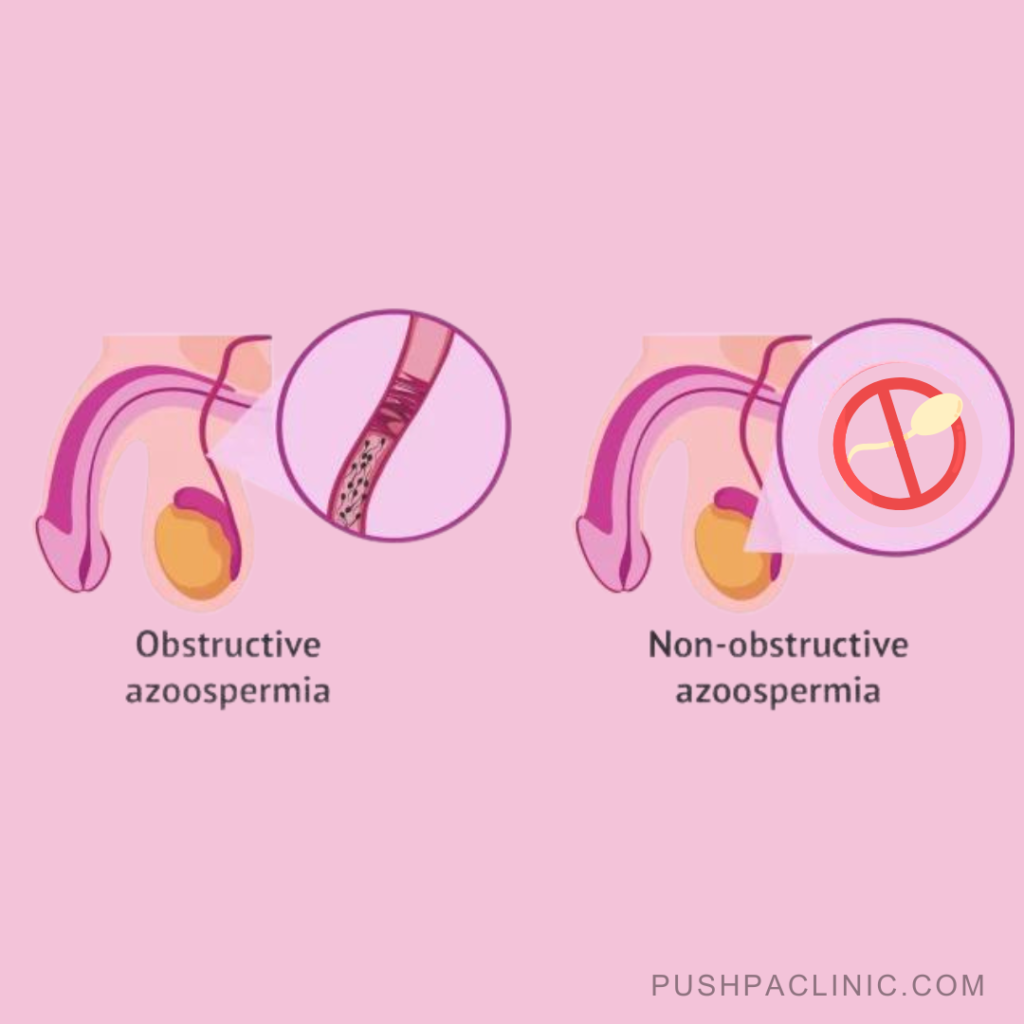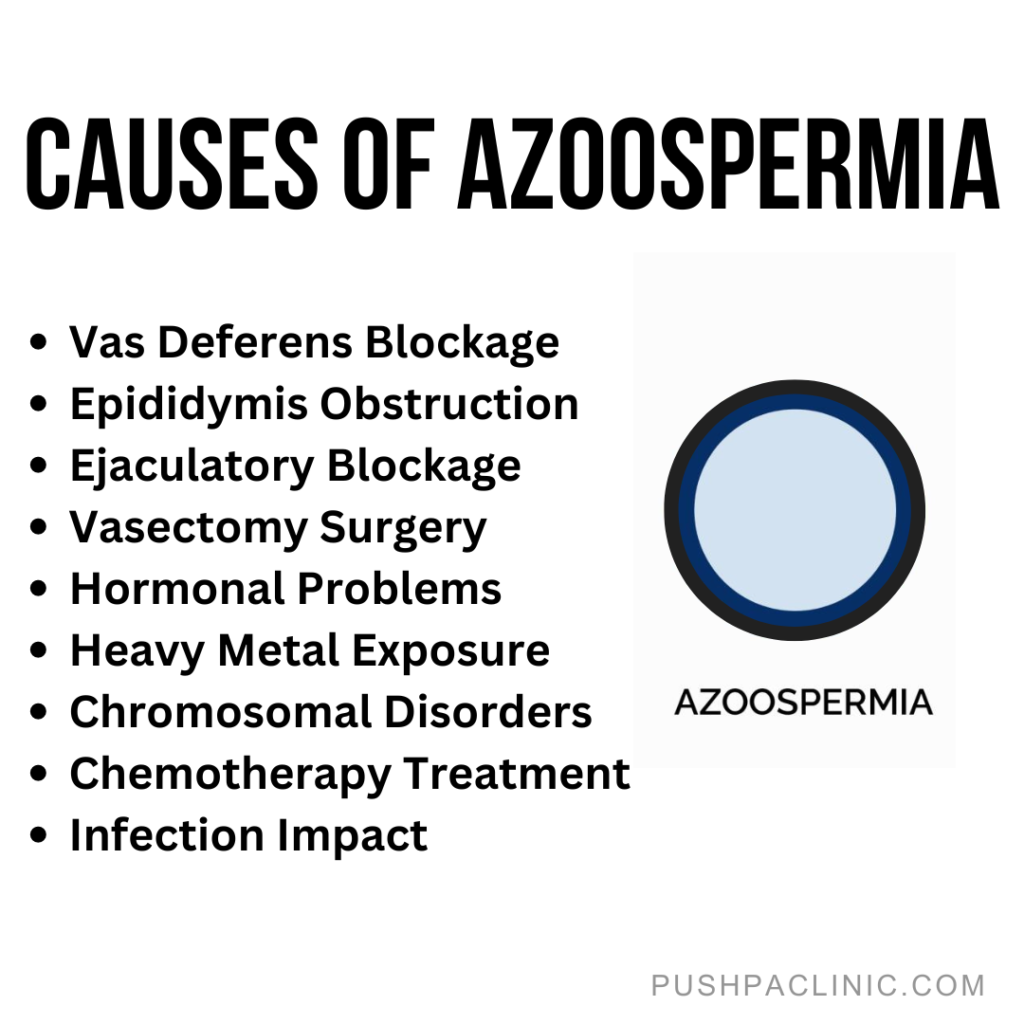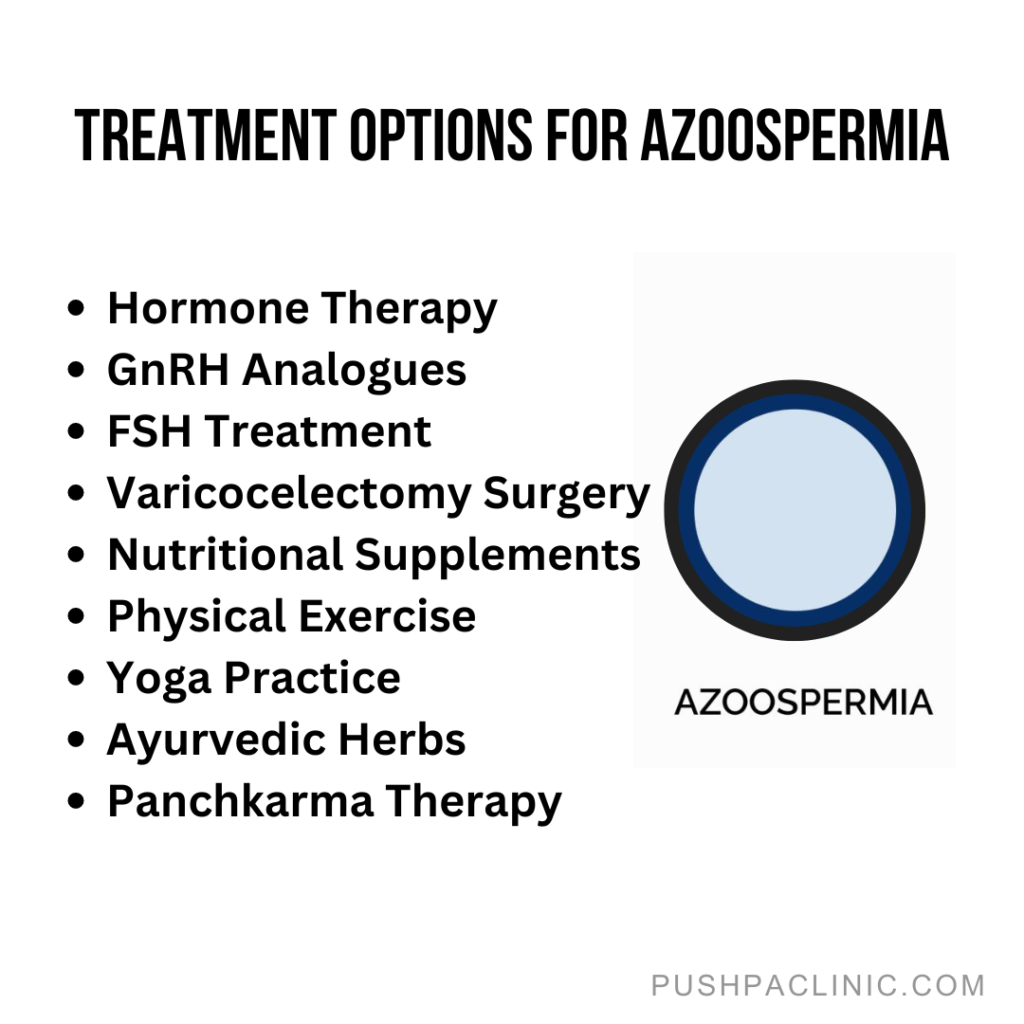Defining Azoospermia
Azoospermia is a medical condition that refers to the lack of sperm in the ejaculate or semen. Nearly ten percent of infertile men and 1% of all men possess azoospermia. The problem is the most common cause of infertility among men and may result in severe mental and emotional pain for those suffering from this condition.

Types of Azoospermia
Azoospermia is often classified as either obstructive or caused by spermatogenic (the process of production of sperm in the male body) dysfunction (ASD). However, azoospermia is mostly classified into two types:
1. Obstructive azoospermia (OA): In this condition, the production of sperm is normal, but the reproductive tracts of both testicles are clogged. This suggests that no detectable sperm may enter the semen. Some people may experience separate problems on either side of the scrotum.
2.Nonobstructive azoospermia (NOA): this kind of condition causes insufficient sperm generation. Men fail to produce enough sperm for a significant amount to be present in their semen.

Causes of Azoospermia
There are a number of causes for Azoospermia. However, it is important to understand that the two types of Azoospermia have different ways in which they are caused. Let us understand each in detail.
- Causes of OA: The primary cause of this health problem is a blockage in the vas deferens, a tube that transports sperm from the testicle to the penis. Other possibilities include a blockage in the epididymis, the tube that stores and transports sperm, or an obstruction in the ejaculatory ducts. Obstructive azoospermia may also occur from surgery, such as a vasectomy, or a reproductive system destruction.
- Causes of NOA: NOA may be caused by a variety of factors, including hormonal problems (eg. Testosterone supplementation therapy), exposure to heavy metals, chromosomal disorders, treatment such as chemotherapy and some particular infections (eg. chicken pox, mumps).

Treatment Options
The treatment options are as follows:
1. Hormone therapy: Certain hormones can help in the production of sperms in the body. The most effective way to address this is to increase sperm production using gonadotropin - releasing hormone (GnRH) analogues or FSH (Follicular stimulating)/LH (luteinising hormone)-both of these are important for sperm production in males.
2. Surgical procedures: Varicocelectomy can help men with swollen and expanded veins in their scrotum (A man’s reproductive structure lying below the penis) which can hinder the production of sperm.
Natural ways of treating Azoospermia:
Balanced nutritional diet: Some nutrients might boost fertility and the generation of sperm. Folic acid, zinc, selenium, coenzyme Q10, fish oil, and vitamins C, E, and B12 have all been shown to improve sperm health. You can consume them in the form of supplements also after consulting with your nutritionist and doctor. Before beginning any supplements, always check with an expert in medical nutrition therapy to make sure that they're right for you.
Physical activity and exercise: Exercise, especially yoga, has a significant impact on boosting general health, which in turn promotes fertility. Particular yoga poses are thought to improve reproductive health. Exercising frequently can help boost sperm count by improving circulation and health in general.
Ayurvedic treatment: Several herbs, such as Musli sufed, Munjatak, Makkhan, Ashwagandha, Shatavari, and others, have been shown to boost patients' sperm counts. In addition to the herbs, traditional remedies like Makardhwaj wati, Suwarna Siddha Makardhwaj, Shilajeet Adi wati, etc., are also highly beneficial in treating this illness. A distinctive panchkarma technique called Uttar basti is extremely helpful for this condition. Uttar basti should only be administered under the supervision of a competent ayurveda doctor.

